Can You Freeze Celeriac? Here’s How You Can Get It Right
Celeriac is one of those vegetables that goes by many names. Some call it celeriac, knob celery, or celery root, and while it is not the most attractive looking plant, it is an excellent earthy root vegetable that goes well in stews, soups, and other hearty winter meals. However, for long-term storage, the important question is whether you can freeze it and how well it does in the freezer for extended periods of time.
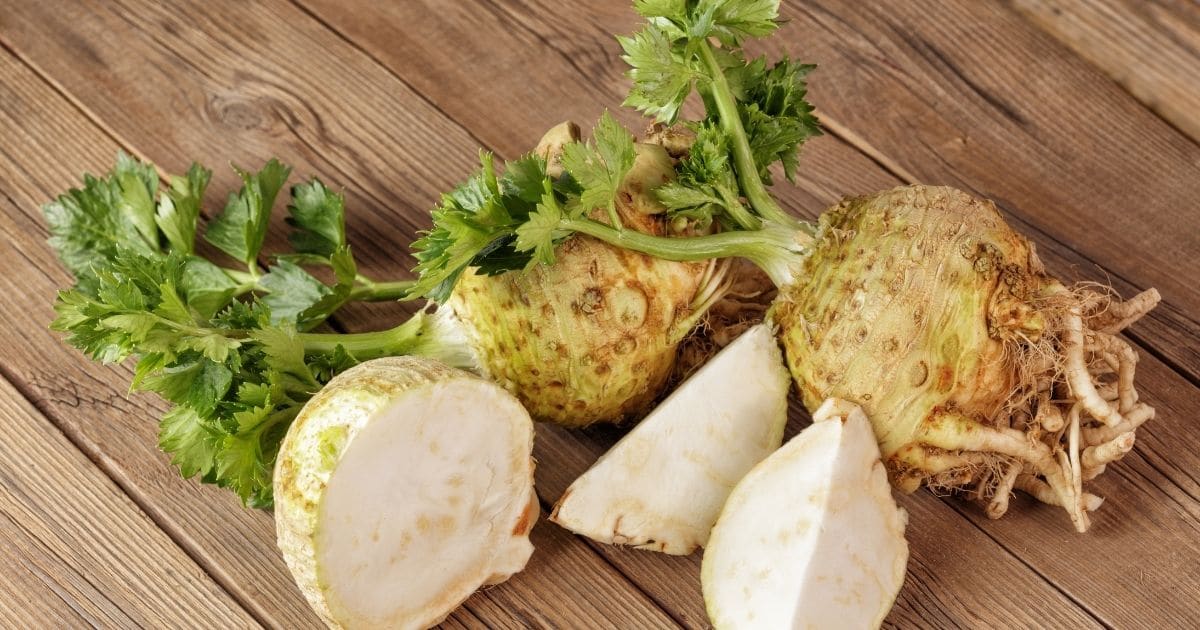
Can You Freeze Celeriac?
Celeriac freezes very well as long as the proper steps are taken. Ensure that you have washed, peeled, and sliced it into rounds or cubes to start. Then blanch the vegetable in boiling water for approximately four minutes, immediately place it in ice water, drain the excess water and pack it into your preferred storage method to freeze.
Though celeriac is a hearty vegetable that lasts quite a while when stored in a dark and dry location, it doesn’t last forever. If you find yourself needing to save your celeriac, read on to learn the best freezing methods to ensure you have it when you need it!
How To Freeze Celeriac

The tricky part of freezing any vegetable is maintaining its taste, color, and texture throughout the freezing process. Given how durable the root is, you may be tempted to throw your celeriac into the freezer. However, doing so will have some adverse effects. Generally speaking, you will want to keep your celeriac fresh and ready to use since it keeps well, but freezing it is a spectacular option as the days go by, and you want to avoid wasting this handy vegetable.
Celeriac is a naturally white colored vegetable, and if you freeze it without taking any preparation steps, it will oxidize and turn brown. Though it is still edible at that point, the change in color and texture will make it significantly less appealing. You can offset this change by blanching and treating your celeriac with acid in the form of lemon to slow the process of the enzymes that create the discoloration. The following are steps to ensure that your celeriac will freeze well and stay fresh the entire time.
Step 1
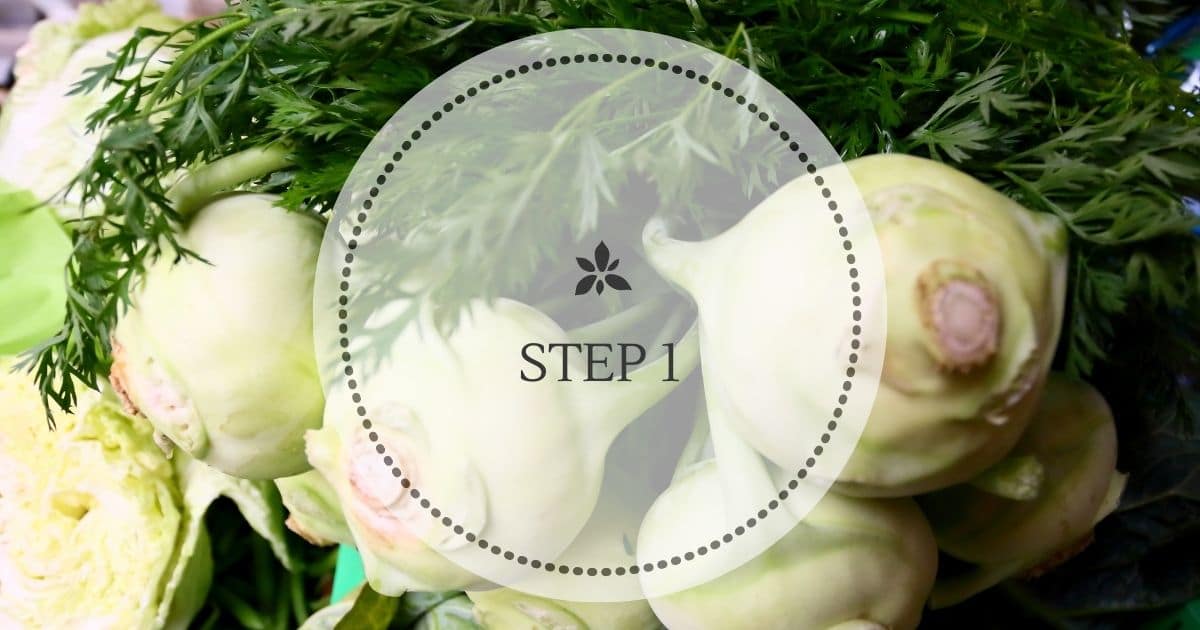
Begin by washing your celeriac well. Due to the fact that celeriac has a lot of nooks and crannies for dirt to get into, it requires a more thorough wash than other vegetables. Like most other root vegetables, you will start by peeling the celeriac’s outer layer and trimming the smaller shoots.
At this stage, you will need to decide how you intend to use the celeriac down the road. For example, if you want to use the celeriac for a slaw recipe, you will want to grate the bulb down, whereas you should cube it for use in soups and stews.
Step 2
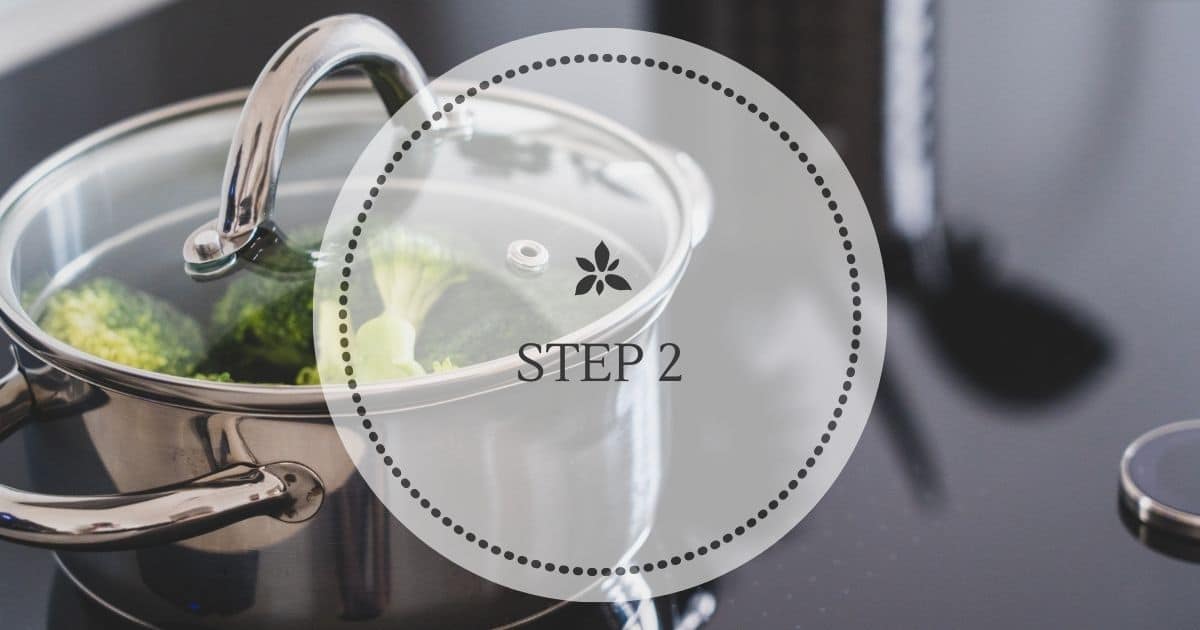
Once you have cut or grated your celeriac into portions, fill a pot with water and bring it to a boil. Once boiling, add one tablespoon of lemon juice per three liters of water.
Step 3

Set up a large bowl of ice-cold water beside the pot of boiling water.
Step 4
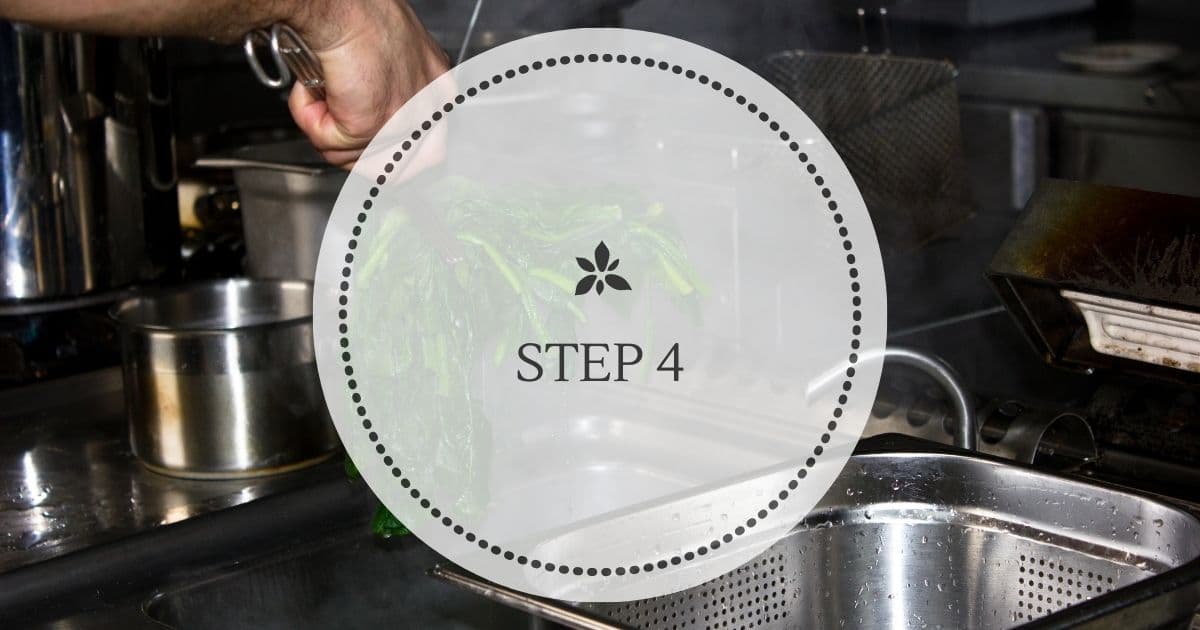
Place your prepared celeriac into a blanching basket or colander and then lower it into the boiling water and leave it for about three to four minutes.
Step 5
Once the time is up, take the blanching basket or the colander out of the boiling water and immediately submerge it into the bowl of water that you prepared in step 4. Doing so halts the cooking process, which is vital not to overcook the celeriac and wind up with an awful texture.
Step 6

Next, you will want to drain the water from the celeriac and pat it dry with paper towels to ensure that it is not soaking wet before moving on to the next step.
Step 7
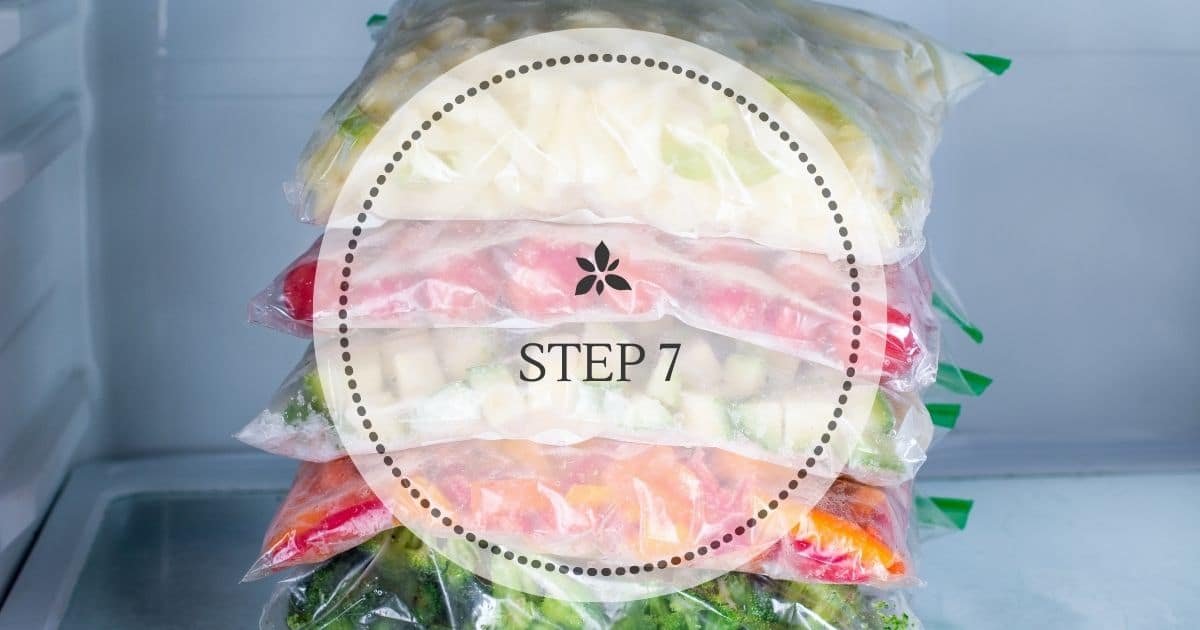
Once your celeriac is thoroughly dry, divide it into portions based on how you plan to use it, and then put each of those portions into resealable bags. Ensure that you remove as much air as possible from the bags after putting the celeriac into them, and then place the filled bags into the freezer.
This method of freezing celeriac will ensure that you have the best possible circumstance for your vegetables. The blanching process with lemon is essential to prevent the discoloration mentioned previously and will guarantee that your celeriac will stay tasty and fresh for longer. In most cases, your celeriac will last in the freezer for about one month.
Freezing Other Forms of Celeriac
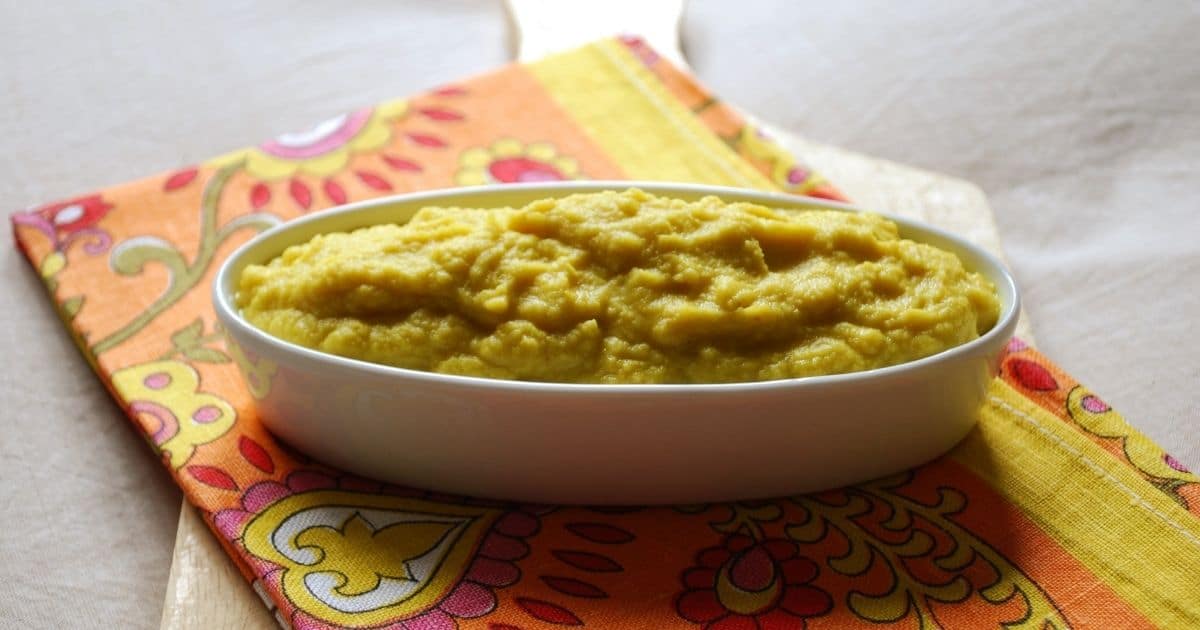
One of the more common uses for celeriac is as an alternative to mashed potatoes. While mashed potatoes are a commonly used tasty side dish, they are heavy in carbohydrates and not the most nutritious option. Mashed celeriac maintains a similar texture to potatoes and is a significantly more nutritious option. So what about freezing celeriac mash?
The process of freezing celeriac mash is almost identical to freezing raw celeriac but with a few notable differences in preparation. Like its raw form, celeriac mash will turn brown unless you add lemon juice or another kind of ascorbic acid to keep it fresh. When you are ready to freeze your mash, simply add a few teaspoons of your choice of acid into the mash and mix it together.
Once you have done that, place your mash into either resealable bags or other airtight containers. Just like its raw counterpart, you will need to ensure that there is absolutely no air in the bag or freezer-safe container, but this is much easier when it is mashed. The additional removal of air combined with the ascorbic acid will allow your celeriac mash to stay fresh for up to six months.
Another common way to use celeriac is in soups, which can be a great way to have readily accessible healthy meals in minutes. Freezing celeriac in soups is very similar to the methods used for celeriac mash and other soups. However, it is essential to note that you should not add any form of cream prior to freezing. If you intend to add any kind of cream to your soup, do so only after defrosting right before eating it.
How Do I Defrost Celeriac?
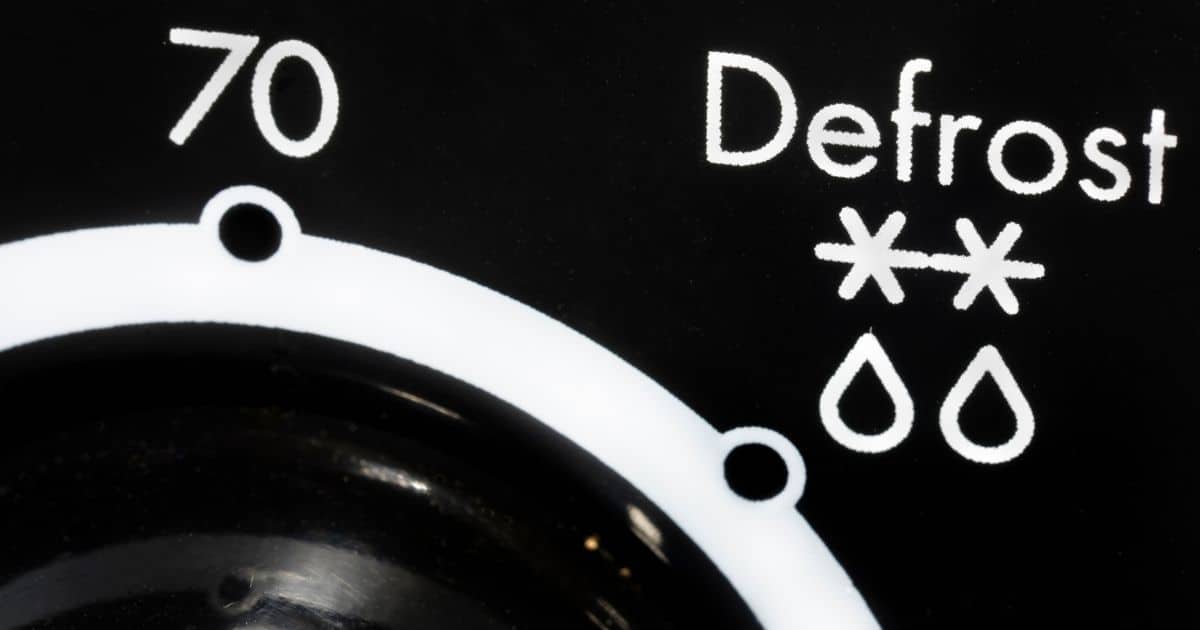
After all the work you’ve put into freezing your celeriac to make sure that it stays fresh when you want it, you will also want to ensure that you are defrosting it optimally. The process will differ slightly depending on how you prepared it before freezing and how you intend to use it after defrosting.
If you grated your celeriac for use in coleslaw or remoulade, defrosting is just a matter of taking the frozen bag and placing it in the fridge for a few hours or overnight. Once it has defrosted, move the bag onto your counter to allow it to reach room temperature, and then you are ready to use it.
We have a great recipe that uses celeriac noodles alongside mushroom meatballs that we absolutely love and you can try out even with thawed celeriac.
Be aware that the mayonnaise-based dressings commonly used for coleslaws and remoulade do not freeze well. These dressings are prone to splitting during the freezing process and will result in a grainy or gritty texture. As long as you freeze only the grated celeriac, you can mix it with the dressings after it has thawed to ensure the best results.
If you have frozen your celeriac in cubes or discs and you intend to cook with it, you don’t need to thaw it at all. Just add the frozen portions of celeriac onto the tray or into boiling water or whatever method you like to use. The only thing to remember is to give the celeriac a bit more time to cook entirely through.
With the celeriac mash, you can defrost it in the same way as the other methods by leaving it in the fridge overnight to give it sufficient time to thaw. If some of the moisture has separated from the mash, mix it right back into the mash, and it will be ready to eat.
Can I Refreeze My Celeriac?

If you misjudged how much celeriac you needed and you find there are leftovers in need of saving, do not refreeze them.
While many people believe that the only food that can’t be refrozen are meats, refreezing vegetables like celeriac with high moisture content will cause damage to the plant cells. If you do refreeze and then thaw your celeriac, it will ruin the texture and leave you with mushy vegetables.
Also, any kind of food that is frozen and then subsequently thawed tends to carry more potential for bacteria than fresh food. It is worth noting that this does not apply if you are refreezing cooked celeriac that was frozen in its raw form, like in the case of a soup made with frozen raw celeriac. If in this instance, you wanted to freeze the soup afterward, you can do so safely.
A Very Versatile Vegetable
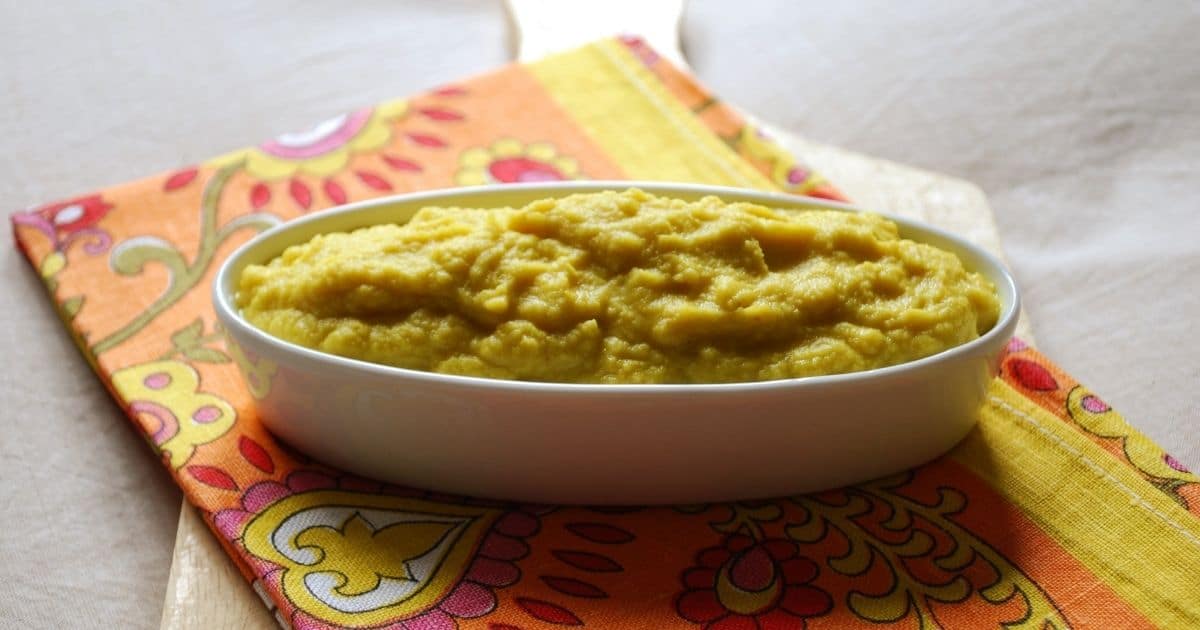
Celeriac has many nutritional benefits and is very popular in many European dishes and features predominantly in French and German cuisines. Though this vegetable may be unfamiliar to many, its versatility is what makes it so excellent and a perfect candidate for freezing to have on hand at any moment.
If you’re uncertain how to use it, start by using it as an alternative to potatoes as a mash. This cooking style will not only give you a more nutritious option but using unfamiliar ingredients as substitutes in familiar dishes will help make it a more accessible vegetable. Its usability in stews and soups means that having a frozen supply of celeriac on hand for the cold winter months will keep you and your family warm and comfortable with many hearty and nutritious meals.
The key when freezing celeriac or any vegetable for that matter is to take the time to prepare. If you understand precisely what you plan to use the vegetable for, you will have a lot more success with the freezing process. Whether you intend to grate, cube it, or cut it into discs, planning for the end meal will give you the best result. Freezing vegetables doesn’t have to be scary. Simply keep these instructions on hand and follow the step-by-step guide, and you will end up with a wealth of delicious ingredients ready at a moment’s notice!